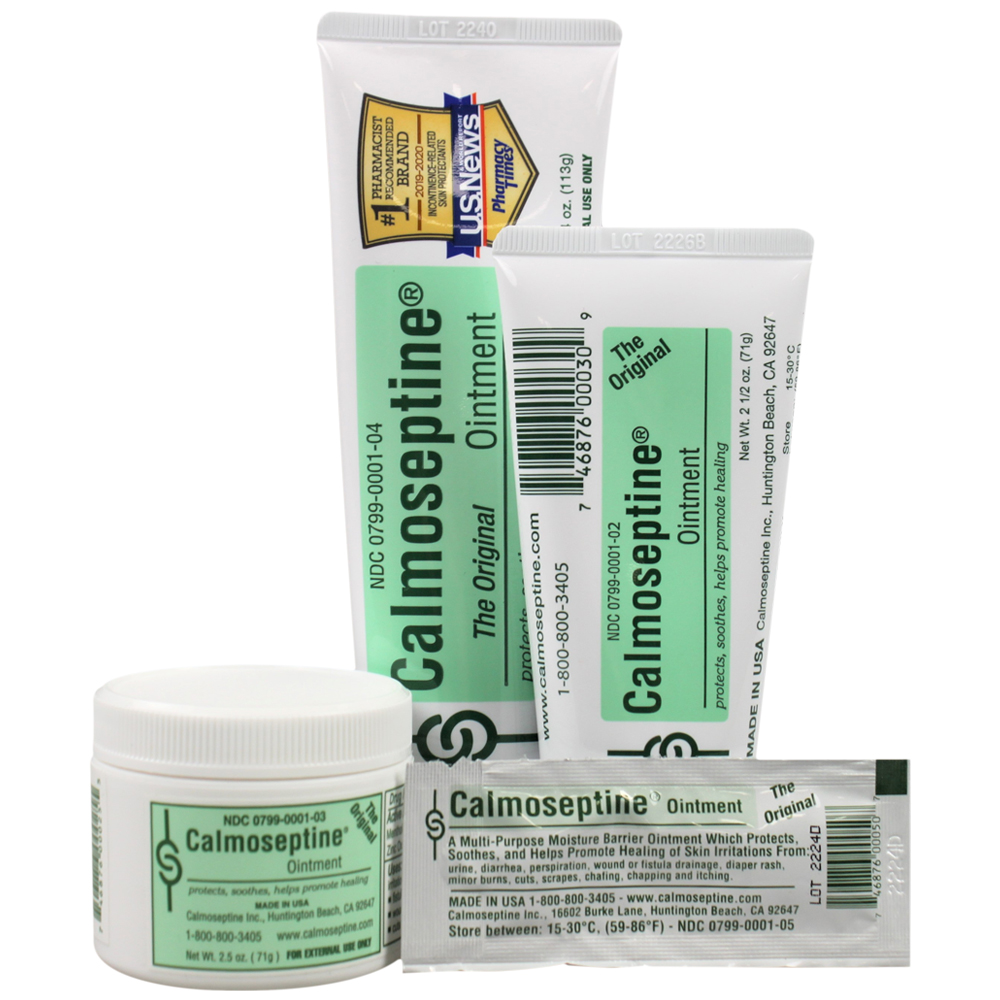
Calmoseptine Moisture Barrier Ointment
Calmoseptine® has been the topical ointment of choice for over 70 years. Whether you’re treating diaper rash, soothing an insect bite or addressing complications from

Looking for information after a potential encounter with poison ivy? In the sections below, we’ll discuss the main symptoms, timeline, what to do immediately once you notice it, and when to seek assistance from a medical professional.
We’ll also uncover the best poison ivy treatment options at Medical Monks and outline some simple home remedies to reduce the irritation.
It’s crucial to be aware of the reactions your skin can have after contact with a poison ivy plant. Recognizing these signs can help you take prompt action:
While less common, there are instances where you need medical assistance immediately. This is when your breathing (or swallowing) becomes disrupted due to swelling.
Also, if you inhale poison ivy smoke, this could cause respiratory issues, and you should promptly seek medical assistance.
You can start to feel and see the symptoms of poison ivy in as little as four hours, but sometimes, they take up to 48 hours to appear.
This depends on the severity of the case—whether you directly (and repeatedly) touched the poison ivy. It also revolves around the individual’s sensitivities to poison ivy and overall skin condition.
Wash the area with soap and water as soon as you notice it. You’ll want to wash and scrub underneath your fingernails too.
Also, check your clothes for any plant residue. Wash your clothing to ensure no resin is stuck on it, as it could cause further breakouts to anyone who comes in contact with it. For this reason, it makes sense to wear gloves during this step.
Try not to itch! It can be difficult, but chronic itching can lead to infection. This is where the aforementioned creams, lotions, and methods come into play – offering relief so you don’t feel compelled to itch.
A poison ivy rash can disappear in a few days or take 2-3 weeks to fully clear. It depends on the size of the rash and how it is treated.
However, if you notice any of the following unordinary events, you’ll want to seek medical assistance:
If you notice these signs, then it’s time to contact a medical professional to seek more extensive treatment options.
Poison ivy will typically go away on its own after 2-3 weeks. However, there are measures you can take to manage the symptoms in the meantime.
Self-treatment methods like over-the-counter creams and ointments typically work well. Here are some options that aim to provide relief from poison ivy:
Other at-home remedies can help treat poison ivy, such as the following:
If these poison ivy treatments along with the creams and ointments listed above do not provide sufficient relief – or if your condition seems to be getting worse even after a week – then you’ll want to consult a medical professional for a specialized care plan.

Calmoseptine® has been the topical ointment of choice for over 70 years. Whether you’re treating diaper rash, soothing an insect bite or addressing complications from
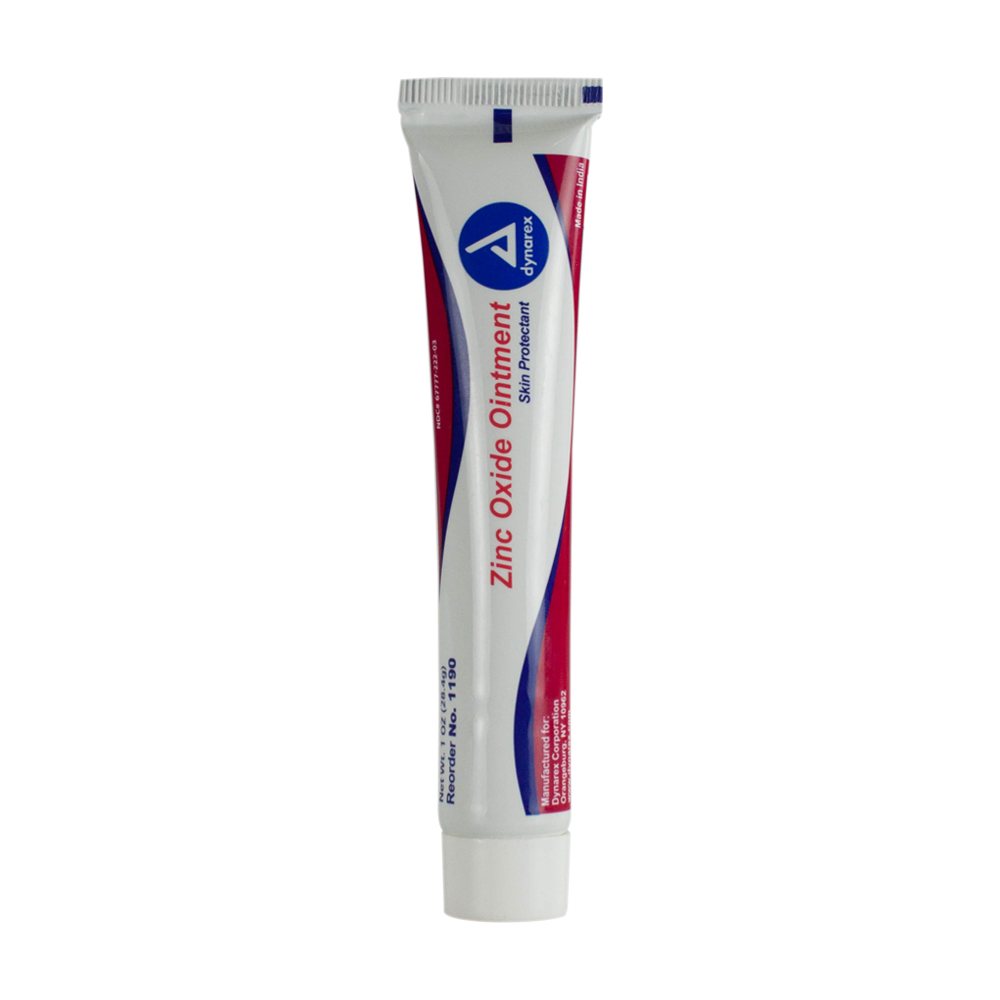
Dynarex Zinc Oxide helps treat and prevent diaper rash, and is also used to dry out any oozing caused by poison ivy, poison oak and
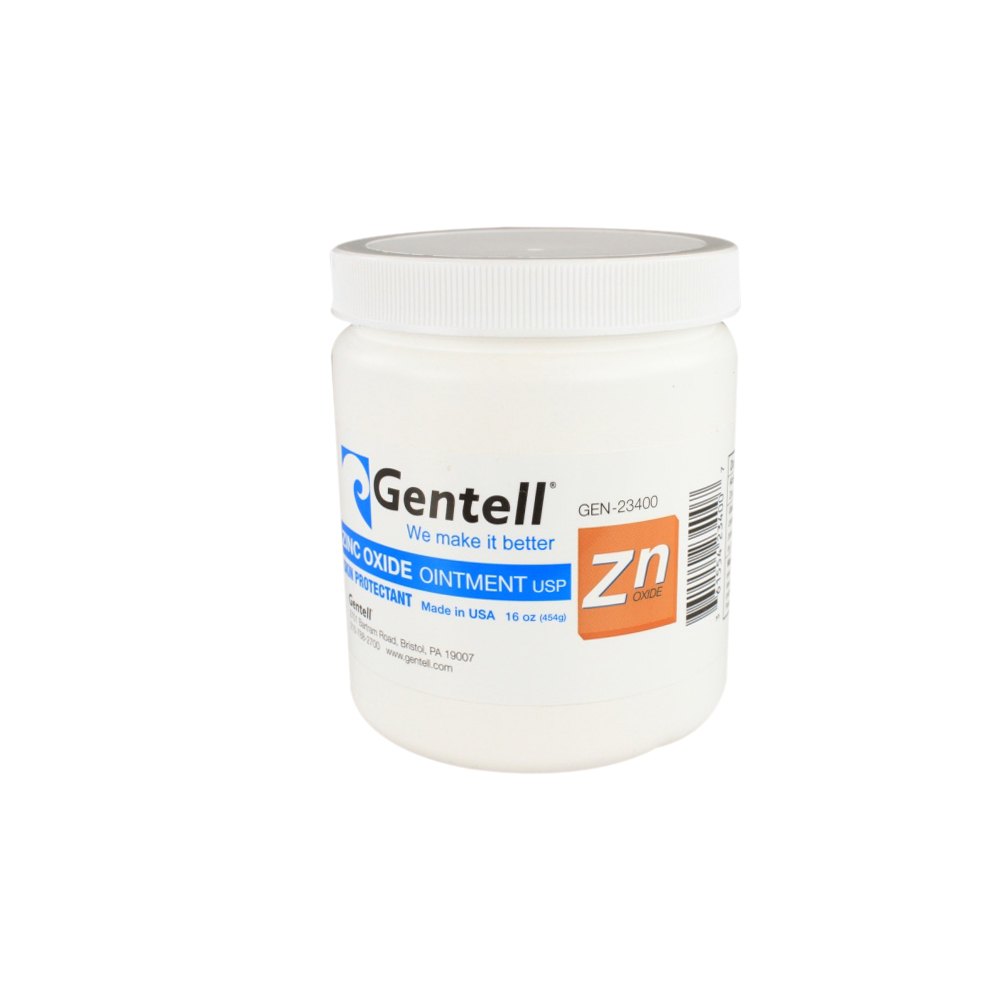
Soothe red, irritated skin with Gentell Zinc Oxide Ointment, designed to create a protective barrier while delivering a calming effect. Gentell Zinc Oxide Ointment’s adaptable
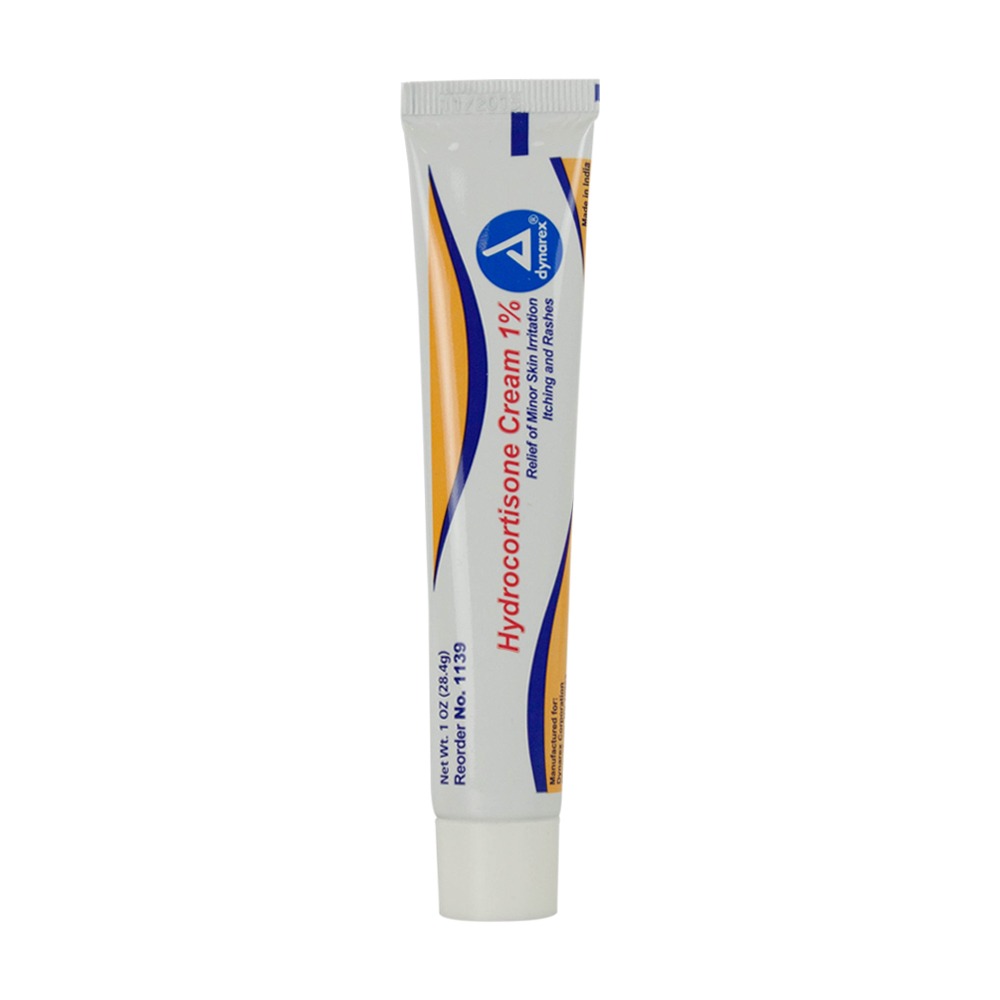
For temporary relief of minor skin irritations, itching, and rashes due to eczema, insect bites, poison ivy, poison oak, poison sumac, soaps, detergents, cosmetics, jewelry

Are you dealing with irritated skin? It could be sensitive, red, or dry – or
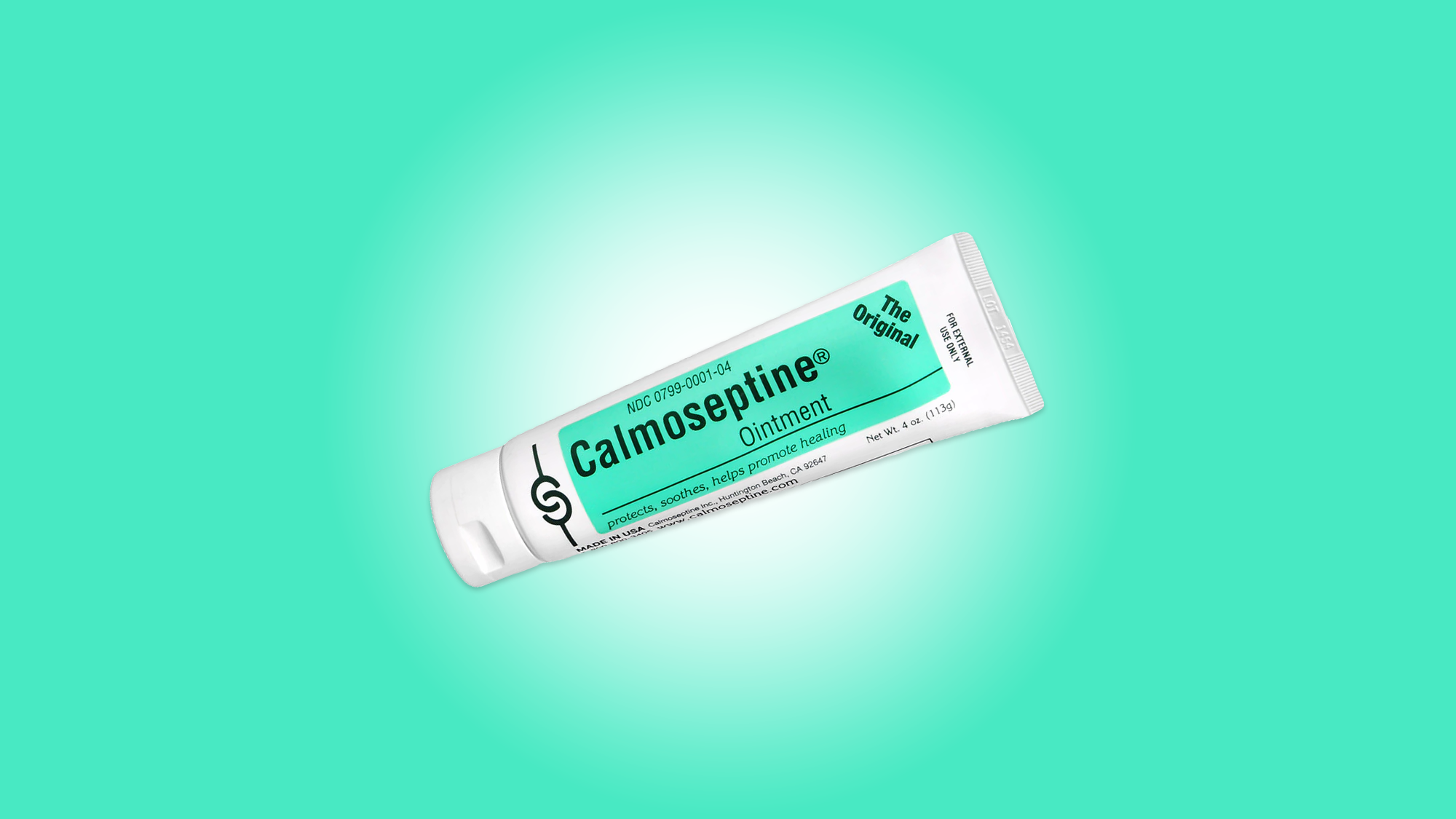
Using menthol and zinc oxide as active ingredients, Calmoseptine® Ointment creates a barrier on the
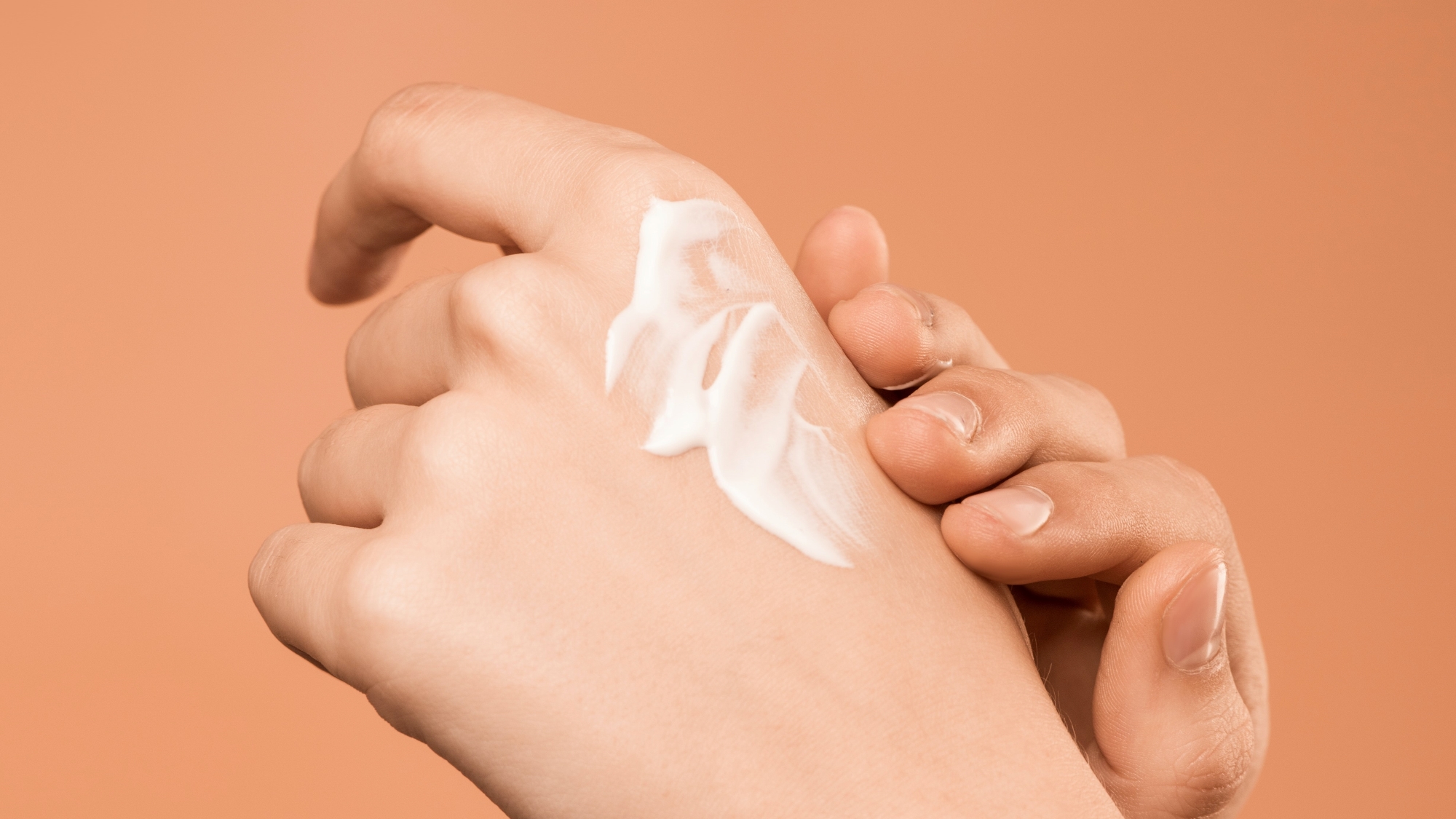
If you’re living with dry skin, standard moisturizers and skin care products might not be

